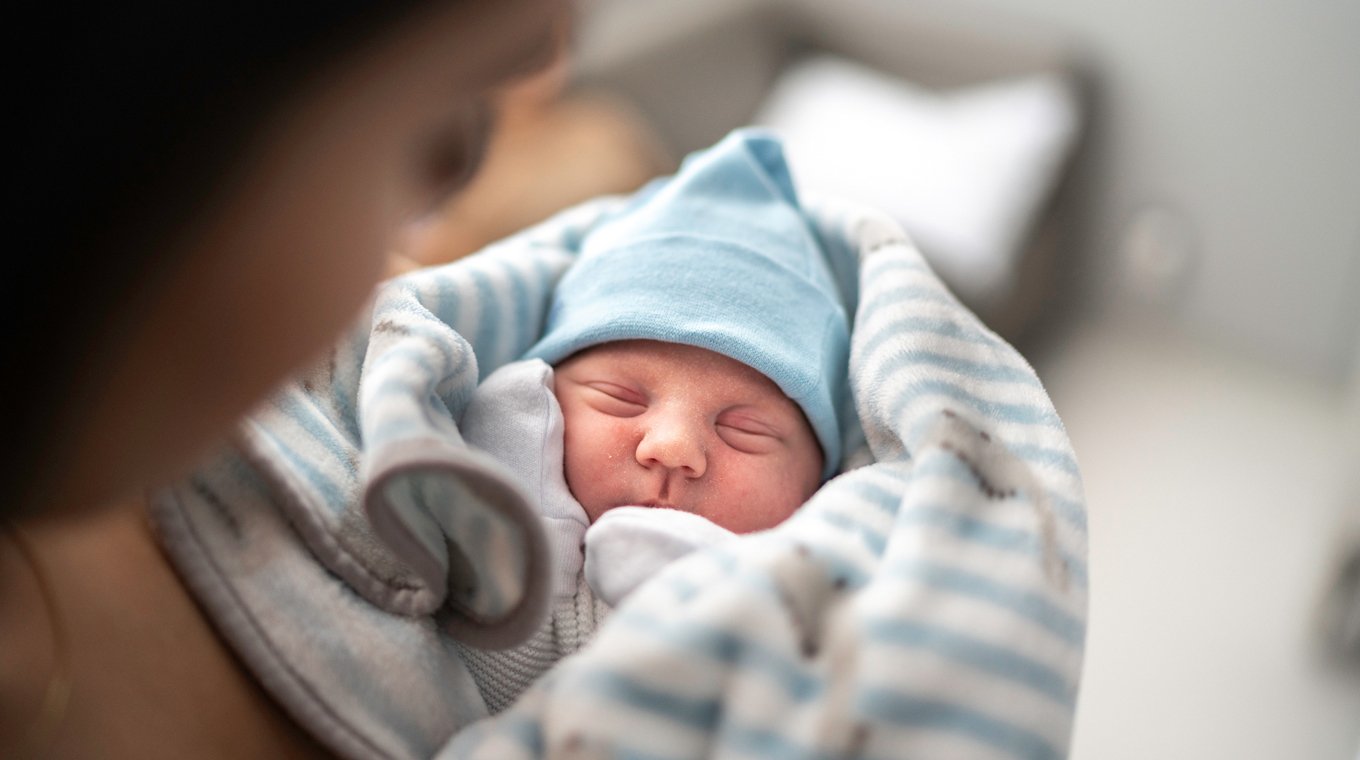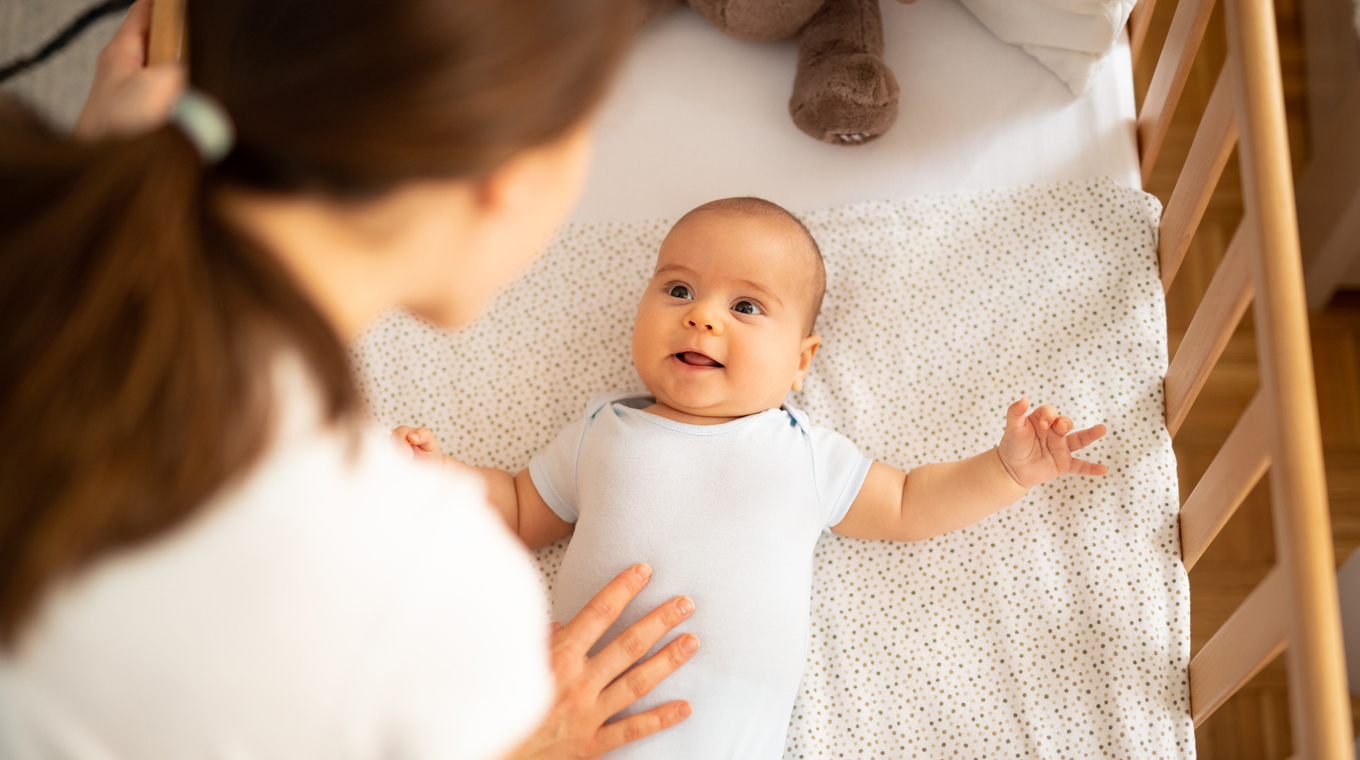
In this article
According to the Center for Disease Control and Prevention (CDC), there are about 3,400 deaths from sudden unexpected infant deaths including sudden infant death syndrome (SIDS). In 2019 alone, there were more than 1,250 SIDS deaths reported.
SIDS remains a mystery in many ways and is a term that explains the sudden, unexpected, and often unexplained death of what is considered a healthy baby. Research is constantly done on what is SIDS and what causes it; experts are working hard to find the root cause of the medical issue.
What causes SIDS?

The problem that medical experts have when identifying those at risk of SIDS is that there is still no understanding of the cause of the syndrome. SIDS happens to otherwise healthy children. It’s unpredictable at this time. The Children’s Hospital has a research program devoted to this that focuses on a “neurochemical abnormality in the brainstem that may be responsible for the failure of protective breathing, heart and arousal responses that are thought to be responsible for SIDS.”
This study found its basis in the autopsy data collected on babies who died from SIDS. These autopsies suggest a biological basis for the syndrome with many babies dying of SIDS having abnormal brain stems — not anything that you can see in a physical exam at the doctors. The brainstem is responsible for autonomic responses such as breathing, blood pressure regulation, and the heart beating.
It’s thought that low levels of serotonin lead to the children in the study being unable to maintain life sustaining activities. Ultimately, the goal is to find the causes so that at-risk children can be identified with a treatment plan created.
Are there any SIDS symptoms to look for?

To date, there are no symptoms for SIDS. Parents will put what appears to be a healthy child to bed and return to find them having died. There are no signs of struggle, meaning the kids simply stopped breathing in the same position that parents placed them in for bedtime. The deceased baby shows no signs of having gasped for air or otherwise moved about in distress. They simply stop breathing.
Emma Fletcher’s story confirms this exact thing, “I put my son down for the night and when he didn’t cry for his feeding in the middle of the night, I went to check on him,” she told Mom.com. She entered the room to find him lifeless. “He was swaddled exactly how I left him.”
How to prevent SIDS

While the causes are unknown, the medical community does provide a list of ways that you can reduce the chances of your baby dying from SIDS.
To prevent SIDS, Cigna experts recommend:
- Avoiding tobacco products, drugs, and alcohol during pregnancy. Once your baby is born, avoid exposing him or her to second-hand smoke.
- Place your baby on his or her back when sleeping. Avoid putting them on their stomach or side. “Parents and caregivers sometimes worry that if a baby spits up while laying on her back during sleep, she will aspirate. But babies have reflexes to protect their airways, including gagging, coughing, and turning their heads to the side. So on the back is always best,” Dr. Eustratia Hubbard, medical director of newborn services at UC San Diego, told U.S. News and World Report.
- Place the bassinet or crib in your room for the first six months of your baby’s life.
- Dress your baby in sleepers rather than using blankets. These can lead to suffocation in babies.
- Remove all plush toys and pillows from the crib or bassinet. Your baby doesn’t need them and they are only a suffocation hazard.
- Use a firm mattress with a fitted sheet in the crib. Attachments, sleep positioners, and bumper pads can trap your child and lead to suffocation.
- Avoid swaddling. A recent study suggests swaddling increases the risk of SIDS once the baby is old enough to roll over from their back to their stomach, which happens between four to six months.
- Keep the temperature comfortable in the room so that your baby can sleep easily without added blankets. If your baby sweats or tosses and turns a lot, they are too warm.
While SIDS gets a lot of attention from parents and doctors, it is quite rare. Take the right precautions to alleviate your concerns but know that the incident rate is low, only 33.3 deaths per 100,000 live births in 2019.




